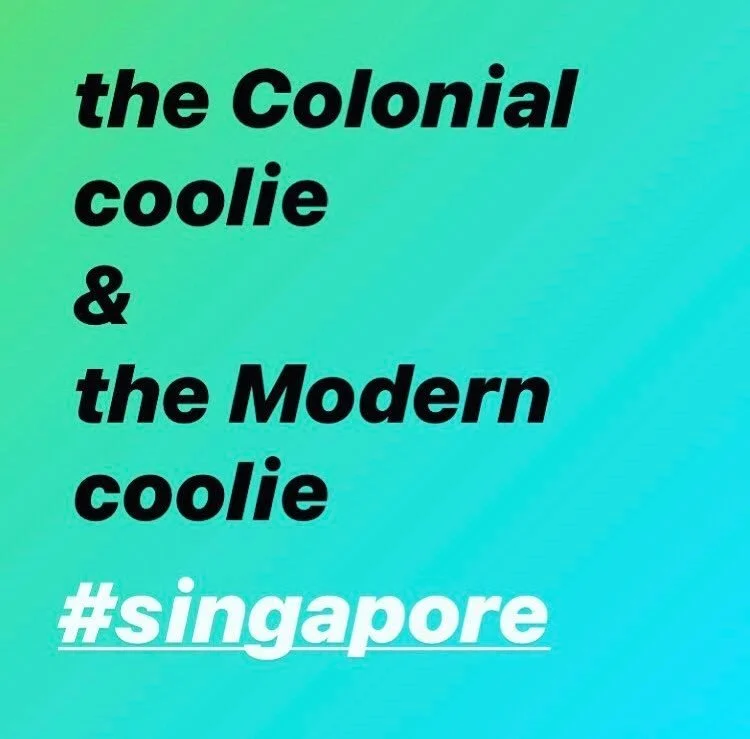Modern coolie
“Justification in constructing the Tamil coolie as a docile figure is attributed to the fact that the people who chose to migrate came from lower caste origins. The poverty and famine in India had caused these communities to be under ‘perpetual and hereditary bondage’. This has been interpreted to mean Tamil coolies were more suited to the ‘regimented life of the estates’, since they had been ‘accustomed to a life of oppression and servility’ and could adapt to the harsh conditions of living on the plantations.
The fact that the those that occupied the lower to lowest ranks of Indian society were sought after/pushed into migrating to Malaysia, highlights how the Indian state pushed the poor out, while the Malayan state recreated new forms of oppressive structures for the Tamil coolie to inhabit. The indenture and kangany system aimed to ‘shovel out paupers’ while presenting an opportunity for coolies to ‘flee from oppression’.
The colonial coolie is peripheral in fact absent in the state historical narrative of Singapore which focuses on the development of the successful port city of Singapore, which centres British colonial policy and administration. This highlights how political history of the Tamil coolie is erased, with Singaporean Tamils relying solely on state-defined cultural markers for a sense of identity. By celebrating festivals, eating ethnic food and preserving of family traditions. This has led to an erasure of important events such as the visit to Malaya in 1929 of South India’s leading campaigner for caste and social reform and leader of the Self Respect Movement, ‘Periyar’ E.V. Ramasamy, serving as a political turning point for Tamil coolies in the plantations.
This was allowed for Tamil coolies to confront the caste system, given its impact in the construction of the identity of the coolie. The state silences such political solidarities, and in its place ethnic groups were allowed to practice culture in an essentialised way.
The Singaporean state relies on the ‘othering’ of foreigners in order to foster a common and shared identity among Singaporeans. This has meant that racism has two layers- against Singaporean Indians and recent Tamil immigrants. In the Singaporean context, there is a further divide in state discourse surrounding foreign workers and foreign talent.
The latter are generally welcomed and are encouraged to make Singapore their home, due to their more educated and affluent backgrounds. This is promoted to ensure Singapore is able to maintain its specific population make-up, given its ageing population and low birth-rates. However, the state has no desire for foreign workers to set such roots. For example, in 1992 MP, Choo Week Kiang remarked in Parliament that ‘it was pitch black’ because there were ‘too many Indians in Little India’.
This clearly targeted both Singaporean Indians (who are predominantly Tamil) and recent immigrants, specifically Tamil migrant workers by drawing attention to their darker skin tone.
-The identity formation of the Colonial and Modern coolie in the Singaporean context, U Bava Dharani
